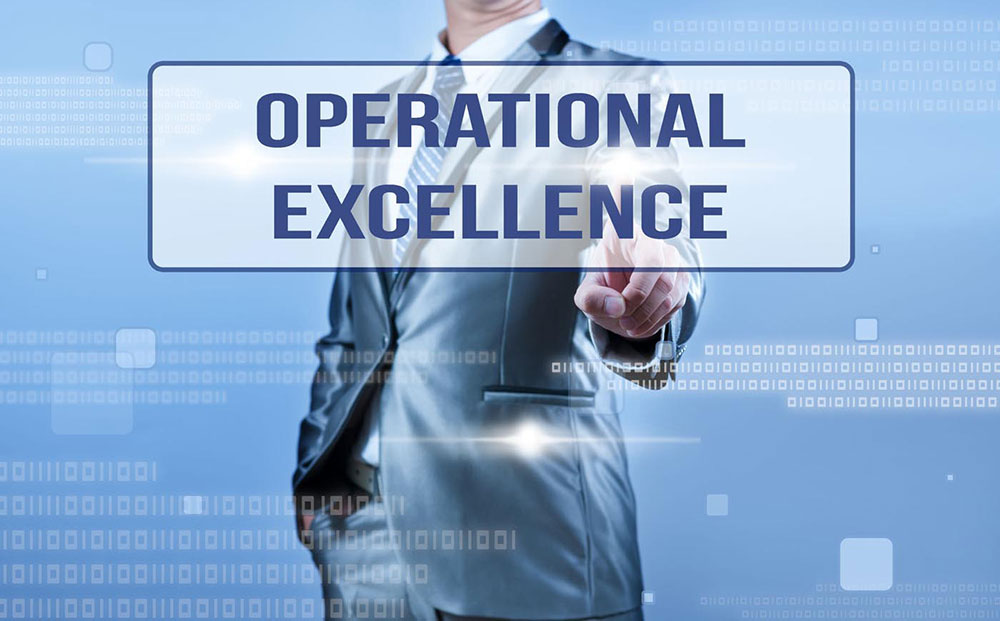Triax® technology enables actionable insights to streamline processes, work safer and build better enterprise-wide operations.

These days just about every technology platform makes claims about “digital transformation” and something called the “customer journey.” Besides being the latest handy buzzwords to describe high-tech services and products, what do these terms really mean?
Triax Technologies delivers various solutions and products built on a fully connected Internet of Things (IoT) platform through a proprietary communication hub. Industries served include construction, energy and industrials and manufacturing with an emphasis on worker safety and productivity.
Ian Ouellette, VP of Product at Triax, offers some concrete definitions about how the digital transformation journey leads to improved operational excellence. A journey that is ongoing.
“It’s a concept I think of as very organization-centric that is definitely a journey and an evolving process that I’ve seen happen with our customers,” he explains. “It’s not just about technology. It’s about how technology solves a specific business problem, the lessons that can be learned by solving it, and the implications to other organizational processes. That’s why it’s called a ‘journey,’ because improving one process leads you to think about how it affects other organizational processes and how the same or similar technology can be put into use elsewhere in the organization.”
He adds, “The most important part of this is that no matter where customers are in their journey, they need to consider beyond a particular use case to other buckets that aren’t just about shiny new technology.”
An effective change management plan includes such buckets as how to:
“Our objective is to offer products that slot into wherever they are in that digital transformation journey,’’ Ouellette explains. “There are a number of factors that determine where they might be in that journey—such as budget, their sophistication in consuming data and managing technology—but wherever the customer is, it can lead to new steps that directly affect and improve operational performance.”
Which moves them further along their journey towards the digital transformation of work processes that together achieve optimal organizational efficiency and accountability embraced by the workforce. Equally important, perhaps, is it is a journey that doesn’t have an end-point. Rather, it is a continual transformation in adapting to the needs of customers, employees and a business environment in a constant state of flux. There’s no better example of this than how industry has confronted and adapted to the COVID-19 pandemic.
In this episode, I sat down with Beejan Giga, Director | Partner and Caleb Emerson, Senior Results Manager at Carpedia International. We discussed the insights behind their recent Industry Today article, “Thinking Three Moves Ahead” and together we explored how manufacturers can plan more strategically, align with their suppliers, and build the operational discipline needed to support intentional, sustainable growth. It was a conversation packed with practical perspectives on navigating a fast-changing industry landscape.